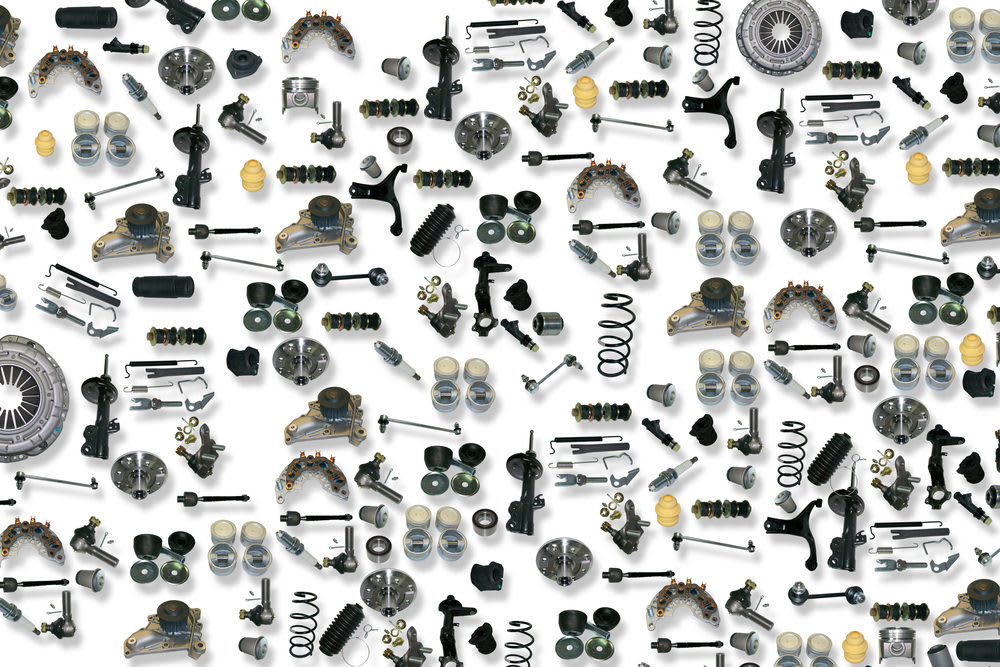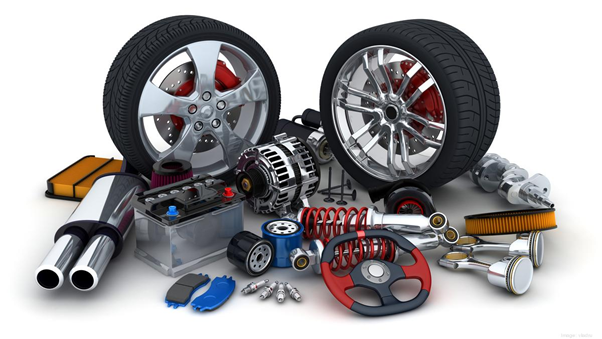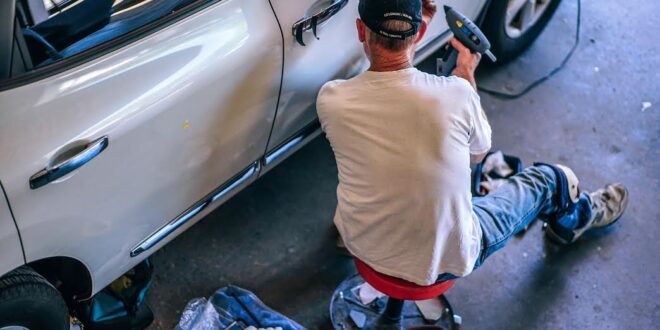Deciding how to repair your car often boils down to two main options: stick with original manufacturer parts or go for the aftermarket. The aftermarket world offers variety, competitive prices, and availability, but it also comes with potential risks. Let’s figure out if it’s worth using aftermarket parts to fix your car.
Key Points:
- Aftermarket parts are often cheaper but vary in quality.
- They can void warranties in certain cases.
- Compatibility and longevity may differ from original parts.
- Research and a trusted supplier are key to success.
- Safety should always come first.
The Appeal of Aftermarket Parts

Aftermarket parts have grown in popularity for a simple reason—they’re cheaper. Who doesn’t like saving money? They’re manufactured by third-party companies and sold at prices that can make dealership repairs look wildly expensive. Not all aftermarket parts are created equal, though. Some may perform as well as or even better than original ones, but others might disappoint.
For example, Rectangle Auto Supply is known for offering quality used tires and wheels in St. Catharines, helping drivers save money without compromising safety. For options that fit your budget and needs visit https://rectangleautosupply.com/.
Risks of Using Aftermarket Parts
1. Quality Can Be Hit or Miss
Aftermarket parts are made by different manufacturers, so the quality can vary widely. Some companies deliver excellent craftsmanship, but others may cut corners. A poorly manufactured brake pad or suspension component could lead to serious consequences.
2. Warranty Concerns
Using aftermarket parts might void your car’s warranty. Always check with your vehicle’s manufacturer before making a switch. If the risk of losing warranty coverage outweighs the cost savings, consider sticking to original parts.
3. Compatibility Issues
Not every aftermarket product is designed to fit your vehicle perfectly. Mismatched parts could lead to further damage or affect your car’s performance. Avoid cheap imitations that claim to “fit all makes and models.” Cars are unique; so are their needs.
Advantages That Can’t Be Ignored
1. Cost Savings

Aftermarket options are generally more affordable than original manufacturer parts. They’re great for non-essential components like interior fixtures or cosmetic repairs.
2. Variety and Availability
There’s a vast selection of aftermarket parts, giving you more choices than dealer-only options. Whether you’re looking for wheels, brake pads, or other components, you’ll likely find something in your price range.
3. Performance Enhancements
Certain aftermarket products outperform original ones. High-performance upgrades for engines, exhaust systems, and even tires can take your car to the next level.
How to Make Aftermarket Parts Work for You
Not all aftermarket parts are risky. Follow these steps to ensure your repair goes smoothly:
- Research Brands: Stick to well-known manufacturers with good reviews. Avoid generic or unbranded parts.
- Talk to a Mechanic: Professional advice can help you avoid costly mistakes.
- Compare Prices: Price differences often reflect quality. If something seems too cheap, there’s a reason.
- Ask About Warranties: Some aftermarket parts come with warranties, which can provide peace of mind.
When Should You Avoid Aftermarket Parts?
There are times when sticking to original manufacturer parts is the safer choice:
- For Safety Systems: Brakes, airbags, and seatbelts are too important to gamble with.
- High-End or Luxury Cars: Certain models require precise engineering that aftermarket parts might not meet.
- Newer Vehicles: Cars under warranty might lose coverage if you opt for non-original parts.
Final Thoughts

Aftermarket parts can save money, add variety, and even enhance performance, but they’re not without risks. Always weigh quality and safety against the cost savings. Research your options, rely on reputable suppliers, and avoid compromising critical systems like brakes or airbags. A balanced approach ensures you get the most value without putting yourself—or your vehicle—at risk.
 Alternative News
Alternative News


